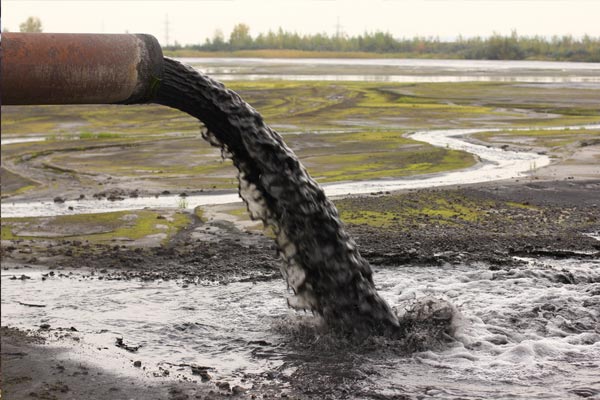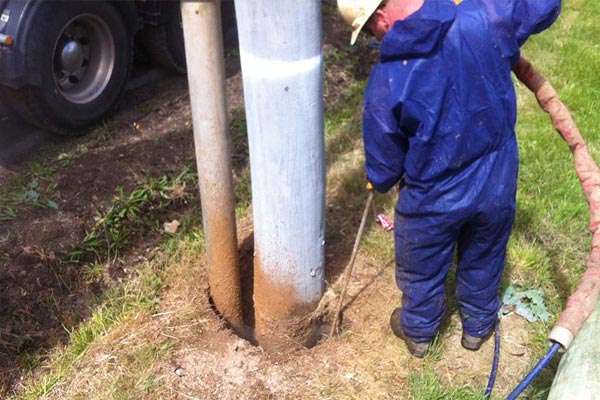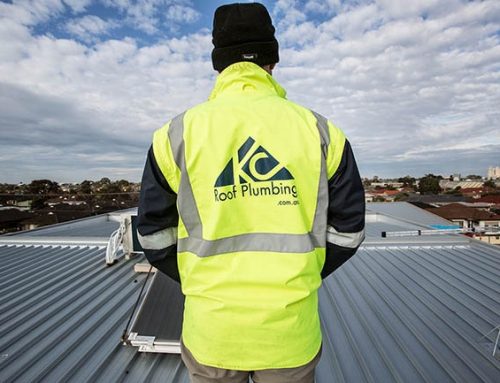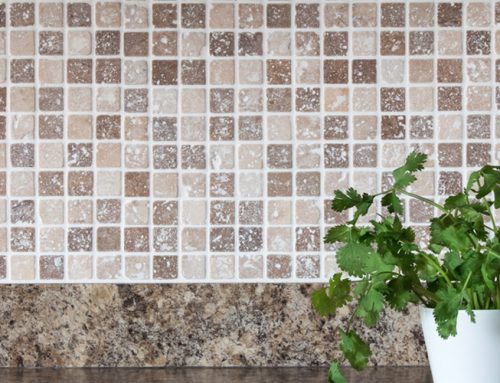Removing liquid waste is considered harmful to people or the environment. It may be in the form of a sludge or purely liquid such as laboratory wastes.Liquid waste mostly comes from restaurants, homes, cars, washing machines and factories. Waste may be in the form of prescribed waste, oily water, surfactants, septic tank waste, grease traps, wash waters, among others.
Some of the most dangerous wastes include formaldehyde, corrosive substances, quarantine waste, contaminated soil, and other chemical wastes. The problem is, some companies usually dump these wastes directly into rivers and other water bodies. This is extremely dangerous. Do not do it.Liquid waste has very high amounts of toxic compounds such as salts and metals. Therefore, if it is not properly disposed of, it may cause health issues including diseases and even deaths of both people and animals.
That’s why you need to dispose of waste properly so that it would not harm people and animal.
Options for Proper Disposal
Some of the more common options for liquid waste removal include:
Dewatering and Sedimentation
This is usually an option when dealing with non-hazardous waste. Dewatering involves extraction of water, leaving behind solid components. Then, sedimentation is used to remove solid contaminants.
Incineration
Where the liquid waste is deemed dangerous, incineration can be used. The waste is heated at very high temperatures eliminating most solid components (scrap metal, slag, rock, tailings, hardened oils, etc).
Root zone
The root zone is most commonly used when dealing with liquid waste coming from homes. This includes kitchen waste and bath water.Such water can simply be treated for recycling purposes and then safely reintroduced to the environment.
Compositing
Lastly, when dealing with organic waste, liquid waste removal can be done by compositing. Industrial compost waste management technique can transform any solid sediment into organic fertilizer.
Hydro excavation (HX)
However, there is a more advanced technique which is even more effective especially in industrial setups. It’s called hydro-excavation.
What is Hydro Excavation?
The primary quality of hydro excavation is that it is environment-friendly, more so that it is a green innovative technology. Also known as vacuum excavation, hydro excavation Melbourne technology uses pressurised water to safely and surgically convert solid ground into mud that can then be sucked up by a powerful truck-mounted vacuum system.
Basically, it is a not-mechanical and nondestructive process that combines pressurised water and high flow of moving air to simultaneously excavate native soils in a controlled manner.
Hydro excavation Melbourne allows for quick, clean, and precise extraction with minimal labour, less backfill, and little environmental impact compared to conventional digging methods.
Benefits of Hydro Excavation
This technique is considered superior to existing methods because it results in:
Clean cuts
Using the pressurised water stream, the water gun works like a surgeon’s knife. This helps to ensure clean cuts with minimal post-excavation restoration activities.Hydro excavators can also be remotely placed so that the large imprint of the equipment can be easily removed.
Less material removed
With hydro excavators, you don’t need to remove a lot of material. This is partly because of the clean cutting capability. And, with less material being removed, there is usually less backfill to deal with and thus less restoration work needed.
Greater safety
In most excavation activities involving buried utilities, injuries and even deaths have been reported. Yes, they are that dangerous.Hydro-excavation is a less risky way of exposing buried utilities. Workers can stay on the surface during excavation eliminating the risk of cave-ins and potential other disasters.
Minimal environmental impact
Hydro excavation lends itself as a very clean process. First, less material is removed meaning there is less disruption to the surrounding environment. And secondly, any debris is usually stored onboard eliminating any chances of harmful chemicals being swept into water bodies.There are several other benefits of the technology.
Applications of Hydro Excavation
Hydro excavation can be used in multiple waste removal situations including:
Potholing
Exposing or excavating underground utilities using HX is called potholing or day-lighting. The non-mechanical, nondestructive characteristics of hydro excavation make it ideal for this process. Underground utilities can be exposed without risks inherent with traditional excavation processes.Potholing can also be used in digging holes for telephone poles, sign posts, and fences among others.
Slot trenching
If you’re looking to dig narrow trenches for installation of pipes, cables, and other in-ground utilities, you can also call on a hydro excavation. Unlike traditional slot trenches that usually cause expensive damages, HX provides, clean, non-destructive cuts even on frozen surfaces.
Mass removal
Hydro excavation can also be used in large scale exposure of underground utilities. The HX equipment can quickly and safely expose underground utilities, especially when dealing with unknown “potentially dangerous” utilities.
Cold weather removal
Working in cold weather has always been an issue. The frozen ground causes many challenges that most other excavation techniques may not be able to handle.But hydro excavation is different. With a truck-mounted water heater warming the water to 150 degrees, freezing at any depth is never a problem.Moreover, utilising heated water to penetrate Frost is a much more environmentally safe solution than emission-producing methods such as coal or wood firing.
Debris removal
Hydro excavation can also be used in debris removal. Cleaning different structures with this nondestructive method is quick and easy and you don’t have to worry about destroying the surrounding area. Other applications here include catch basin cleaning, sludge removal, and cleaning up spills.
Remote digging
When there is need to repair fibre cables, telephone lines, water mains, or other in-ground utility lines, HX can be used to excavate the utilities. This is because HX equipment can work in tight spaces with minimal impact and little restoration requirements.
Summary:
In a nutshell, hydro excavation is a valuable removal technique that can help you dispose buried waste quickly, safely and cost effectively.
Source: Courtesy of Pressure Works








Leave A Comment